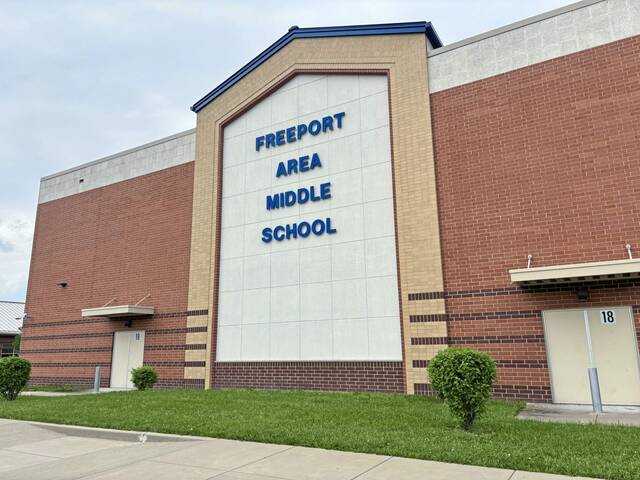https://triblive.com/local/valley-news-dispatch/freeport-area-eyes-state-budget-impasse-finances-ok-for-now/
Freeport Area eyes state budget impasse; finances OK for now

Although the state budget impasse could soon threaten Pennsylvania school districts’ operations, Freeport Area officials are not reaching for the panic button — yet.
The state’s budget allocates millions of dollars in education subsidies every year, which are critical for financing district operations.
Freeport Area was projected to receive almost $8.2 million in state subsidies under Gov. Josh Shapiro’s proposed 2025-26 budget. That money is key to financing the district’s $39.7 million budget.
But state legislators blew past the June 30 deadline for passing the budget and the resulting delays have resulted in districts not receiving their shares of $1.7 billion in state education subsidies. Education and transportation funding are two key issues that have caused the standoff between Republican and Democratic legislators.
Brad Walker, Freeport Area’s business manager said the district is OK financially, for now.
“We’re fortunate it is real estate tax collection time,” Walker said. “We’re fortunate that we have a very good collection rate.”
In addition, Walker said the district has a $10 million fund balance, as of the end of August, to draw from if necessary. But he indicated that is not a solution for financing day-to-day operations.
Walker said the district should be fine until the end of the current calendar year but, “as January and February approach, we’re going to have some serious thoughts” about how to handle the situation.
He said the delay in state subsidy allocations is a double whammy.
“Not only are we missing revenue, we are also missing the interest earned on revenue,” Walker said.
“There has been pressure in the past to spend down our fund balance,” Superintendent Ian Magness said, which is based on covering three months of the district’s payroll.
“There are school districts out there across the commonwealth, I am sure, that are already having to borrow money,” he told the board. “That (surplus) is going to save the taxpayers real dollars because you stayed the course.”
The current state budget situation underscores the importance of maintaining a fund surplus, he said, along with another example that illustrates the value of doing that.
In August, the district approved a $12 million bond issue to begin financing a phased $55 million renovation of the high school. As part of the process for the bond issue, the district received an “A1” bond rating from Moody’s Investment Services.
According to the website Investopedia, the A1 rating is Moody’s fifth-highest rating a debt instrument can receive. It states that the bond is “upper-medium grade and subject to low credit risk” and “ranks in the higher end of its generic rating category.” All of which makes it more attractive to investors.
Magness said the district likely would not have gotten that rating without a healthy fund balance that demonstrates the district’s fiscal discipline.
Walker said over that the past five years, the ending fund balance has averaged $7.1 million per year.
Copyright ©2026— Trib Total Media, LLC (TribLIVE.com)
